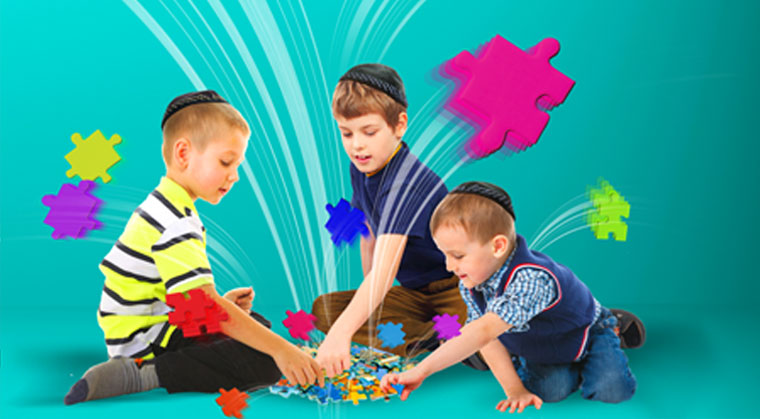A Puzzling Matter
| January 4, 2017From logic puzzles to jigsaw puzzles to word puzzles, the list is long, challenging, and fun filled.

Photo: Shutterstock
W
hen you hear the word puzzle, a jigsaw puzzle probably comes to mind.
But puzzles aren’t just little pieces that fit together. A puzzle is a game or toy or even a problem that tests your mind to put pieces together in a logical way to solve or assemble it.
From logic puzzles to word puzzles, the list is long, challenging, and fun filled. Whether you like sequence puzzles or picture puzzles, puzzles are puzzling fun for everyone!
The First Pieces
The beginning of the jigsaw puzzle is mostly credited to European mapmaker, John Spilsbury, who came up with an idea to help puzzled kids figure out a problem called “boring geography.” In the 1760s, Mr. Spilsbury glued a map of the British Empire onto a piece of wood, then cut it into pieces. It was a fun and effective way for the upper-class children to learn the geography of all the lands Britain ruled. He called these popular puzzles, “Dissected Maps.” Not such an exciting name, but his idea really took off. Even today, some 250 years later, children still use puzzle maps to learn geography.
The more people heard about these puzzles, the more popular they became. Soon they were a big hit in Europe, and the US. manufacturers got wind of this great idea and with a little tweaking, came up with more exciting puzzles. They ditched the maps and added pictures.
Fun for All
The first picture puzzle for children was produced by the famous Milton Bradley Company in 1880. It was the picture of a train called The Smashed Up Locomotive.
Okay, so maybe the name was strange, but boy was it popular!
Oops! We could not locate your form.







